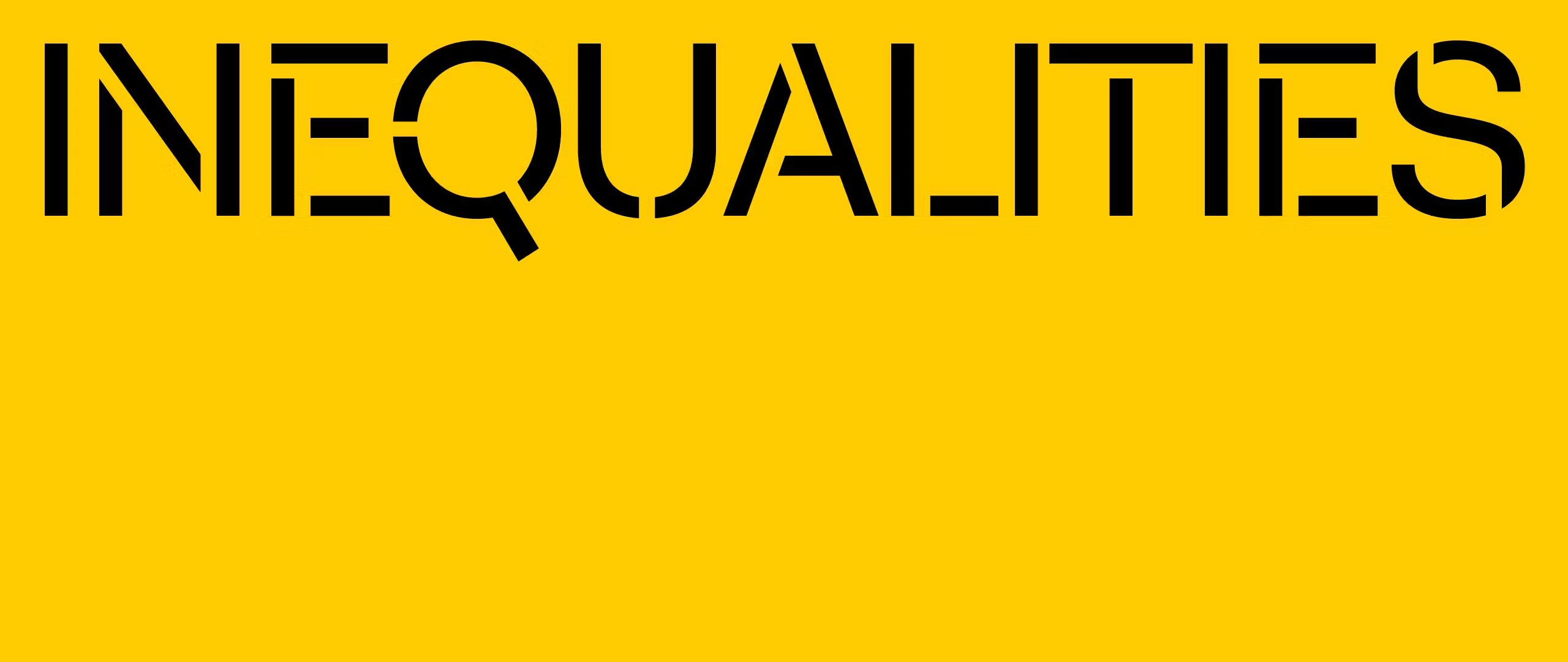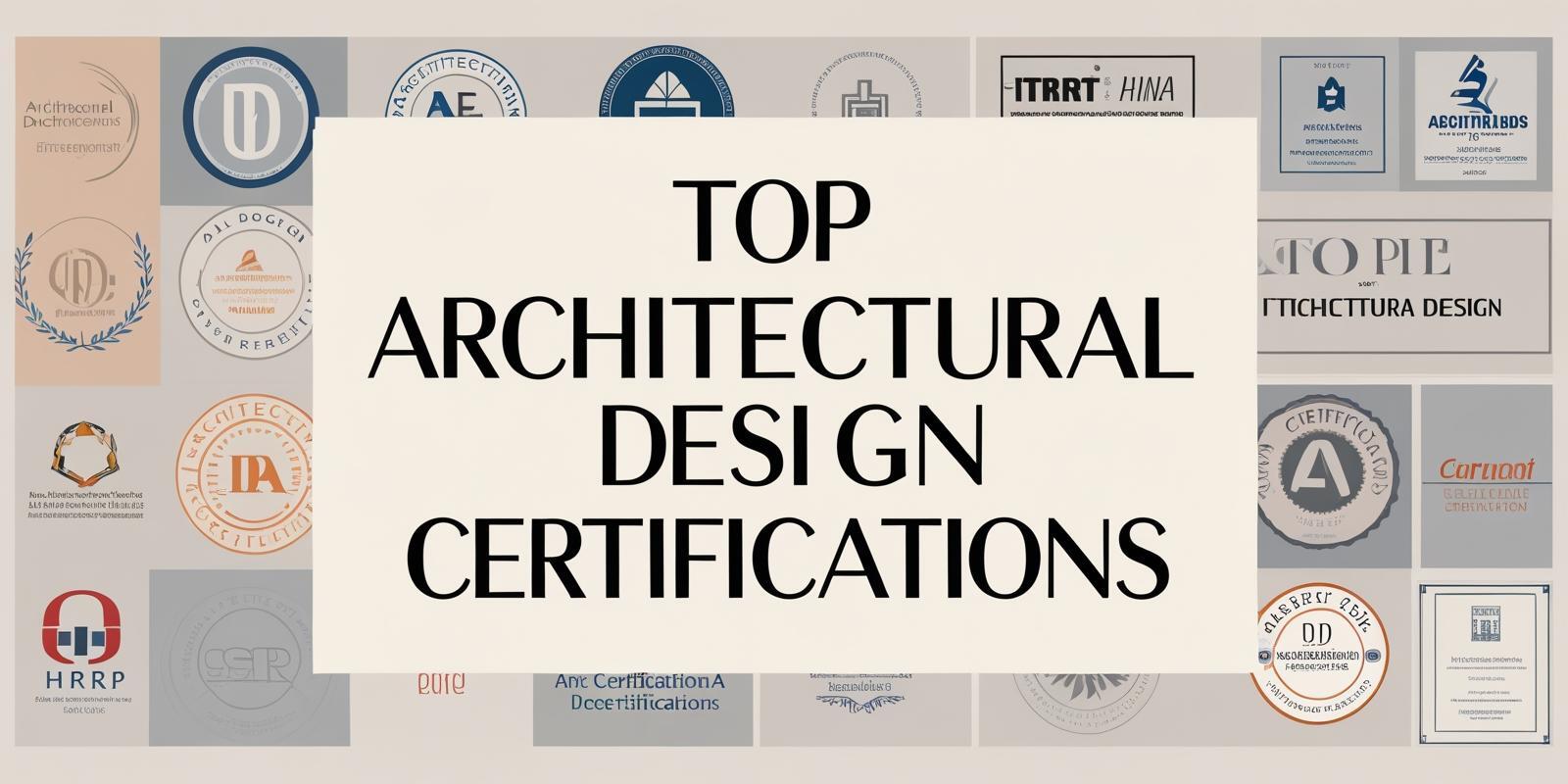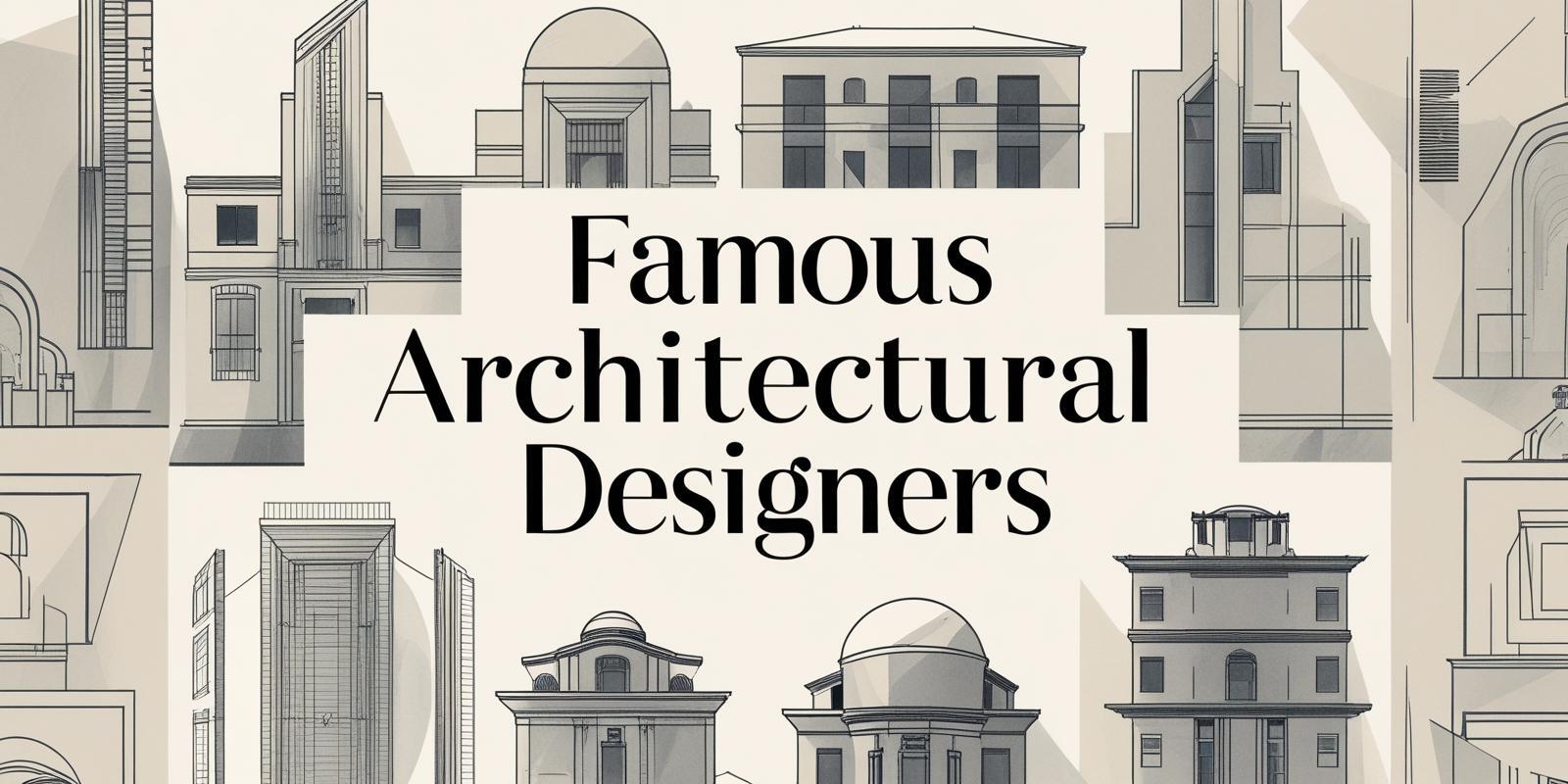
We’re asking the big question every architecture graduate thinks about: "Was my M.Arch worth it?"
The main argument? Traditional programs are leaving graduates theory-heavy but lacking the practical technical skills firms desperately need. Instead of draining your savings on an outdated curriculum, the blog suggests targeted upskilling through online platforms.
We’re breaking down alternative career paths beyond traditional practice, highlighting the benefits of online learning, and fast-tracking your career.
Rethinking the M.Arch Investment
Got your M.Arch (Master of Architecture) and wondered if it was worth all those studio all-nighters? You're not alone. Many graduates question whether traditional practice is their only option or if that expensive degree can pay off.
While an M.Arch can open doors, it's not the only path to a successful architecture career. The industry is changing so fast that many graduates find themselves needing to upskill anyway. So, before you drain your savings or take out a massive loan, let's talk about what you need to know about the costs, returns, and alternatives in today's architectural landscape.
The Financial Burden of a Traditional M.Arch
Most, if not all, Master’s in Architecture courses are two years long. It’s no secret that architecture schools are expensive. The costs start with application fees and extend all the way to tuition. In pursuit of better education, many students end up draining their entire savings or even taking out loans. But the question of whether it’s worth the investment still stands post-graduation.
If you’re thinking just how much of a loan students typically take -
- The total tuition fee for an M.Arch in the USA can range anywhere from $16,000 to $80,000.
- In the UK, the total program fee can range from £9,000 to £47,000. This translates to anywhere between ₹9L to ₹65L.
- In India, the program fee ranges from anywhere between ₹ 2 L to ₹6L per semester.
It’s safe to say that the cost of studying an M.Arch can get hefty!
Evaluating the Return on Investment (ROI)
While you might wonder about recouping your investment, expect 5-7 years to break even on your education costs. But here's the key: you're not just waiting around—you're actively building experience and watching your salary grow annually.
Those years aren't just about breaking even; they're laying the groundwork for decades of career advancement. Make smart choices in your specialisation and location, invest in professional relationships, and commit to continuous learning. With the right strategy, you could significantly beat that 5-7 year timeline.
Alternative Educational Pathways in Architecture
This skill gap isn't a flaw in your education; it's simply the nature of a fast-moving industry. Firms are specifically seeking professionals who stay current with the latest industry tools and practices. So, it’s best to find alternative educational pathways in Architecture.
One way is upskilling through an online program. This is where targeted upskilling becomes crucial for maximising your M.Arch ROI. Platforms like Novatr recognise this challenge and offer specialised programs designed to bridge the gap between academic learning and industry requirements. Their BIM Professional Course for Architects is particularly relevant, as Building Information Modeling has become essential for most major architectural projects, yet many traditional M.Arch programs don't provide comprehensive BIM training.
Online Learning and Upskilling Opportunities
This brings us to the relevance of online learning and what opportunities it can yield for you. With the ever-evolving AEC industry, it’s best not to rely on just outdated curriculum. So, let’s get into the benefits of online learning:
- Few online courses provide you with the advantage of learning from global industry leaders. Due to the flexibility of teaching and learning from different locations, you get the best possible education delivered through industry insights.
- Online courses provide you with the comfort and convenience of learning at your own speed. Furthermore, you can choose to pick up and continue where you left the last module based on your schedule. This makes it the perfect fit for working professionals.
- Circling back to convenience, online courses, more often than not, offer flexible EMI options. It reduces redundant costs such as living or transportation expenditures.
- Online platforms like Novatr make BIM online certification courses accessible to everyone keen to learn, irrespective of their location.
Moreover, online courses offer excellent networking opportunities by giving you access to webinars, virtual forums, and collaborative projects. These are led by industry professionals, providing you with insider industry knowledge and giving you the chance to apply for upskilling projects.
Global Perspectives: Studying Architecture Abroad
Most students dream of starting their practice, and the most common route to achieving that is often thought of as a Master’s in Architecture abroad. However, that’s not the case. Education abroad can be extremely expensive since a Master’s in Architecture abroad can cost up to 65 lakhs!
What most of us struggle with is practicality. You have to ask yourself, “Is it worth it to get a loan for a specialisation of two years?” Sure, you get exposure, networking opportunities, and understand global practices. But the reality is that the AEC job market is tough to crack.
For most students and professionals, the best way to get better at their field is through upskilling through an online program. You save time and your hard-earned money.
Diversifying Career Paths with Architectural Skills
Think your architecture degree only leads to one career path? Think again! The truth is that architectural training gives you an incredibly versatile toolkit that goes way beyond designing buildings. Whether you're feeling stuck in traditional practice or just curious about what else is out there, you've got options. Let's explore six career paths that put your architectural skills to work in exciting new ways, from tried-and-true alternatives to cutting-edge BIM specialisations that are booming right now.
|
Career Path |
Relevant Skills |
Industry Application |
Growth Potential |
|
Project Management |
Timeline coordination, budget oversight, stakeholder communication, and risk assessment |
Construction, tech, consulting, and healthcare industries |
High - Universal demand across all sectors |
|
Design Consulting |
Creative problem-solving, client relations, presentation skills, and design thinking methodology |
Business strategy, product development, organisational design |
Very High - Design thinking integration in the corporate world |
|
BIM Manager/Coordinator |
Advanced BIM software proficiency, workflow optimisation, team coordination, and technical standards |
Architecture firms, construction companies, engineering consultancies |
Very High - Industry-wide BIM adoption mandates |
|
Digital Construction Technology Specialist |
BIM modelling, data management, process automation, quality control protocols |
Construction tech companies, software development, and digital transformation consulting |
Very High - Construction industry digitalisation |
|
BIM Training and Implementation Consultant |
BIM expertise, teaching abilities, change management, and software proficiency |
Training organisations, software companies, and architectural firms are transitioning to BIM. |
High - Continuous need for BIM education and implementation |
Novatr: A Cost-Effective Alternative to Traditional M.Arch Programs
Novatr is a digital education platform designed specifically for architects who want to stay ahead in today's tech-driven industry. Instead of spending years and hefty fees on a traditional M.Arch degree, you can upskill with courses that cost 1/10th the price and deliver faster results.
What sets Novatr apart?
- Learn alongside peers in cohort-based programs.
- Get mentored by international experts.
- Work on real capstone projects that mirror actual industry challenges.
- Career guidance and placement support to help you land the best opportunities.
It's practical, focused, and designed to give you the competitive edge you need without the traditional time and financial investment.
Conclusion
So there's the reality check on M.Arch investments. We've examined the hefty costs and lengthy timelines and questioned whether traditional education truly matches today's industry demands.
The uncomfortable truth? That 5-7-year ROI assumes everything goes perfectly, but many graduates find themselves overqualified yet underequipped for what firms need. While you're spending years in theory-heavy coursework, the industry is racing ahead with new technologies and methodologies.
This is where cost-effective alternatives shine. Instead of betting everything on an expensive degree that might leave you behind, consider targeted upskilling that directly addresses market gaps. Novatr's BIM Professional Course delivers exactly what firms are hiring for, at a fraction of the cost and time investment of traditional M.Arch programs.
Your career doesn't have to follow the conventional path. Sometimes the smartest investment isn't the most obvious one. Why spend years catching up when you could start leading from day one?
FAQs
1. Is an M.Arch degree essential for a successful architecture career?
A bachelor's degree is sufficient if you want to practice architecture. However, a master's degree may be necessary if you want to teach architecture. You can explore other options like upskilling through online platforms.
2. What are the primary drawbacks of pursuing an M.Arch?
The main drawbacks of pursuing an M.Arch degree are the cost and the time commitment it requires.
3. Are there cost-effective alternatives to M.Arch?
Yes, there are cost-effective alternatives to an M.Arch. One of the most common options is online courses, such as those offered by Novatr.
4. How do employers view non-traditional architectural education?
Employers generally view non-traditional architectural education with interest and consideration. While a traditional architecture degree is still highly valued, non-traditional paths can offer diverse skills and practical experience that are equally valuable in the field.
Was this content helpful to you













